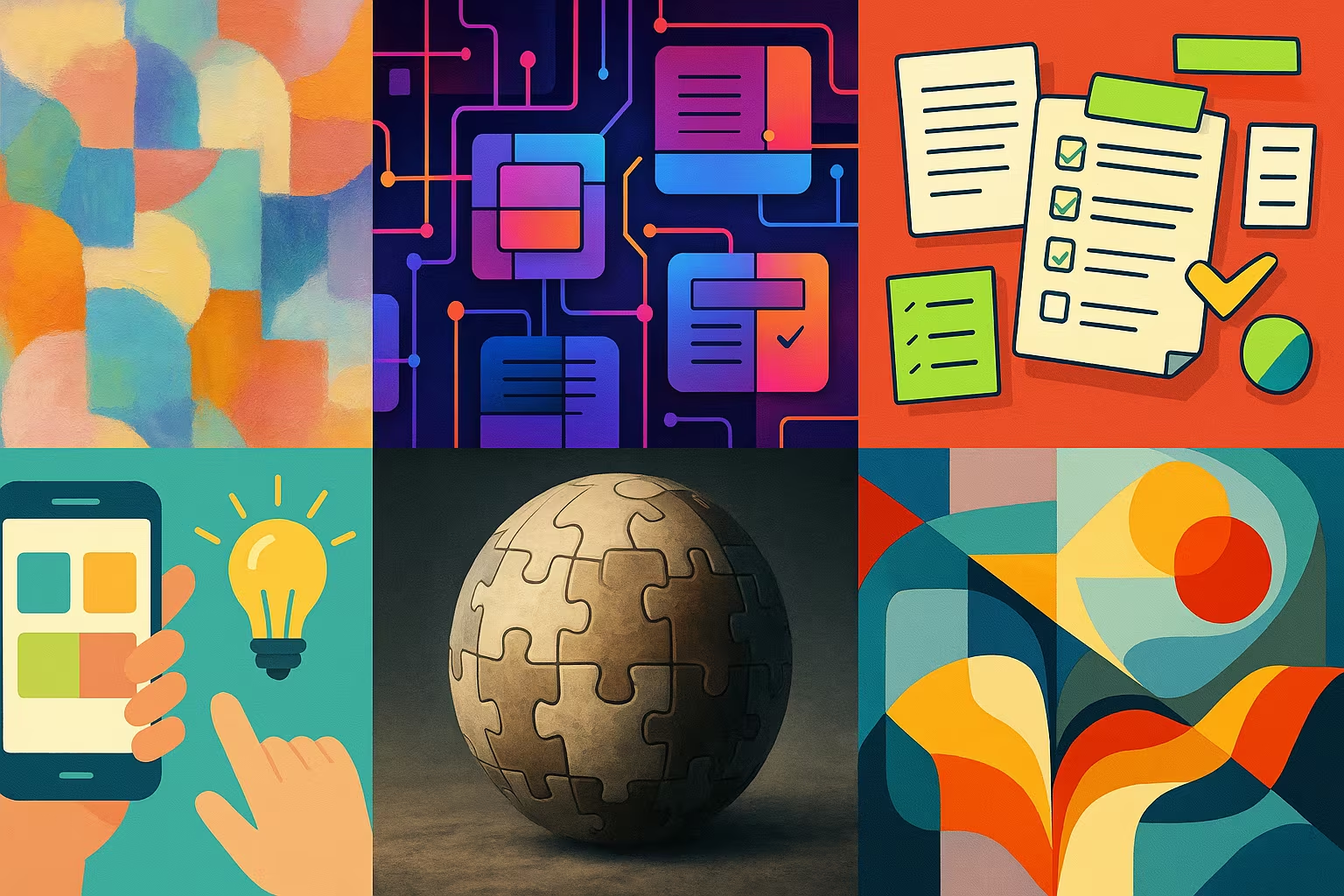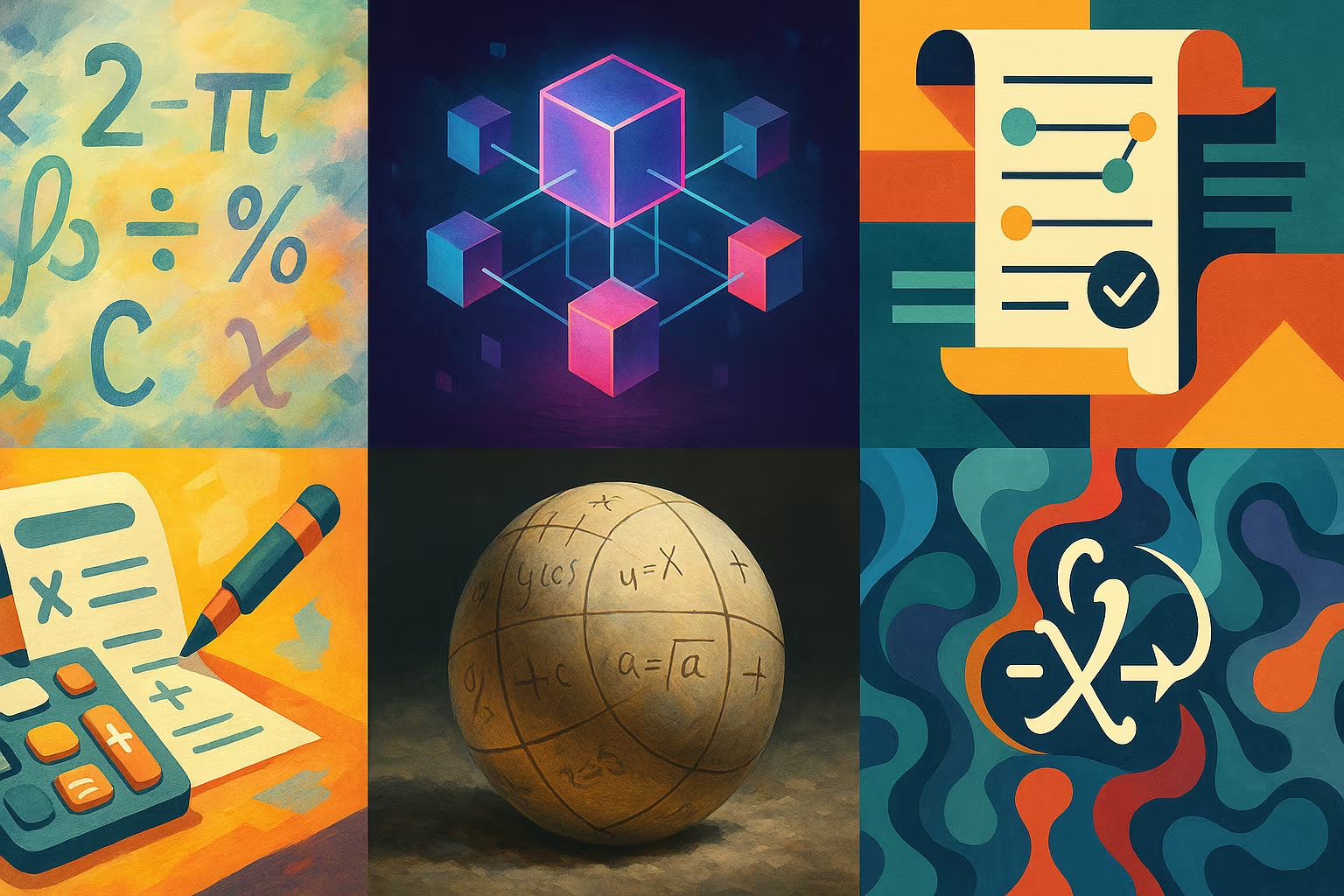LSUN Bedrooms
LSUN Bedrooms is an emblematic subset of the LSUN (Large-Scale Scene Understanding) project, which focuses on bedroom interior scenes. Thanks to its massive volume and the visual quality of the images, it has become a reference for training image generation models like StyleGan.
Approximately 3 million high-resolution images in JPEG format
Free for academic research. Commercial use subject to specific conditions
Description
The dataset includes:
- Approximately 3 million JPEG bedroom images
- High enough resolution for generation, segmentation, or classification tasks
- Massive data useful for the formation of deep models like GaNS
The images are automatically selected and validated using scene recognition models, guaranteeing thematic coherence.
What is this dataset for?
LSUN Bedrooms is mainly used for:
- Training realistic image generation models (e.g. GaNS, StyleGan, BigGaN)
- The classification of environments and types of indoor environments
- Scene analysis for decoration, architecture, or domestic AI projects
- Visual validation of generative systems on structured and recognizable scenes
Can it be enriched or improved?
Yes, although large, the LSUN Bedrooms dataset can be improved:
- By refining the quality of the annotations with a human review on a sample
- By enriching the categories with metadata (decoration style, type of furniture, natural vs. artificial light, etc.)
- By combining with more detailed internal datasets (SUN RGB-D, ADE20K) for segmentation tasks
- By generating object masks or part labels via semi-automatic annotation
🔗 Source: LSUN Dataset
Frequently Asked Questions
Why use LSUN Bedrooms rather than a dataset like ADE20K or COCO?
LSUN Bedrooms is distinguished by its massive volume centered on a specific category, making it perfect for training generative models. On the other hand, ADE20K and COCO are more varied but less profound on a single category.
How do I prepare LSUN Bedrooms for GAN training?
It is recommended to filter out blurry or misclassified images, to resize entries uniformly (e.g. to 256x256), and to balance batches of data to avoid bias in dominant colors or compositions.
Can more accurate annotations be generated from LSUN images?
Yes, using tools like Segment Anything or semi-supervised methods, it is possible to automatically annotate objects and structures in images to enrich the dataset.






